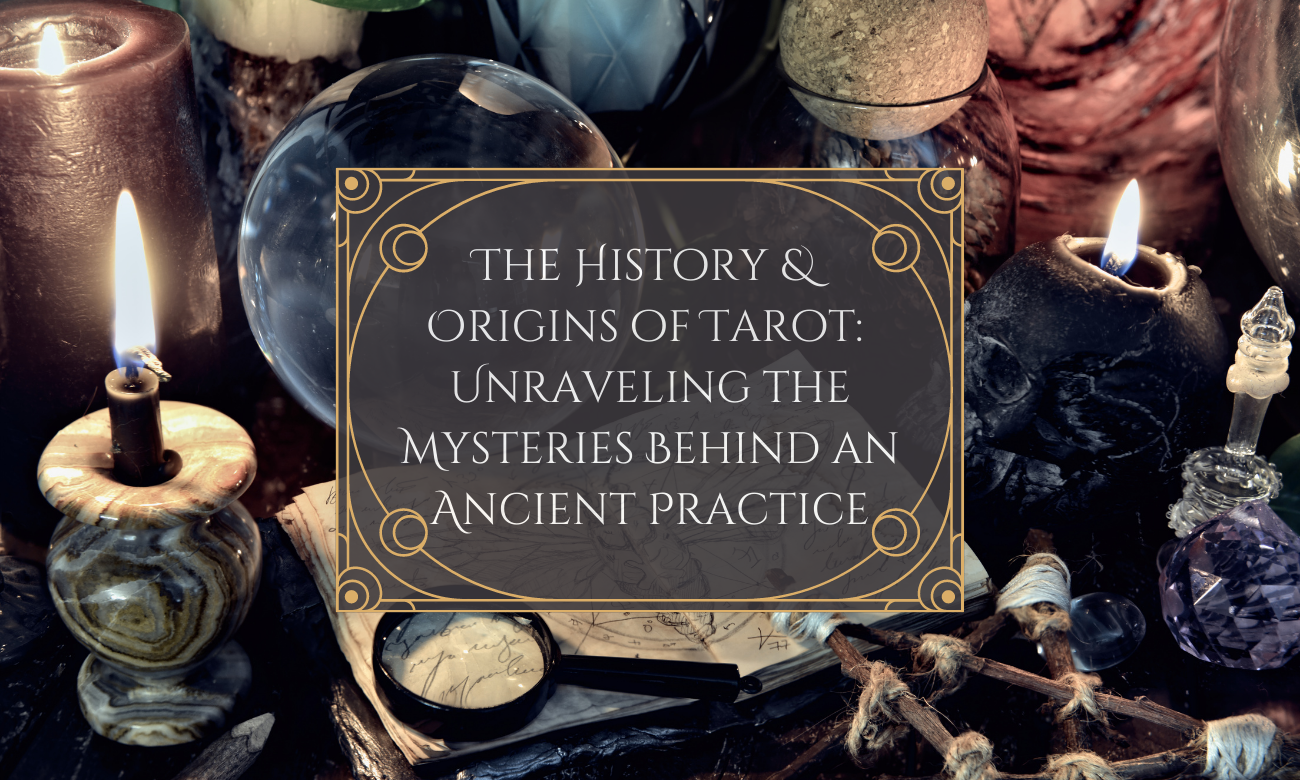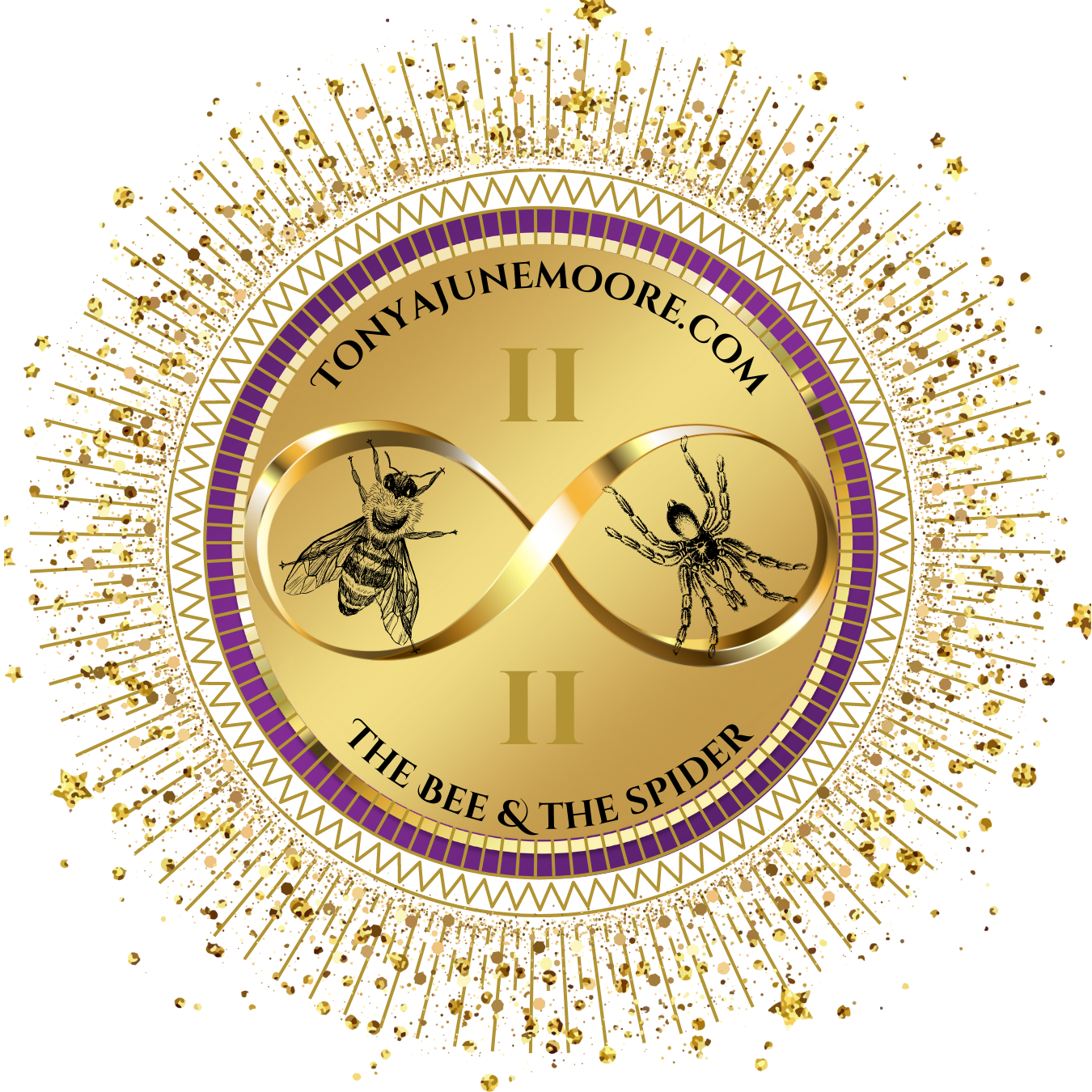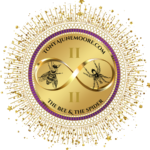
The History and Origins of Tarot: Unraveling the Mysteries Behind an Ancient Practice
Tarot card reading has captivated the human imagination for centuries, with its enigmatic symbols and profound insights into the human psyche. The origins of Tarot are shrouded in mystery, making it a fascinating subject of exploration for those seeking to understand its roots and evolution throughout history.
The exact origins of Tarot are uncertain, but many historians believe that it emerged in the 15th century in Europe, particularly in Italy and France. Initially, Tarot cards were not used for divination but rather as playing cards in various card games. The earliest known Tarot deck, the Visconti-Sforza Tarot, was created around 1440 and is a testament to the beauty and craftsmanship associated with these cards.
It was not until the 18th century that Tarot started to become associated with mystical and esoteric practices. This shift was largely due to the influence of French occultists such as Antoine Court de Gébelin and Jean-Baptiste Alliette (also known as Etteilla). They saw Tarot as a means of accessing hidden knowledge and unraveling the mysteries of the universe.
Court de Gébelin, in his work “Le Monde primitif,” proposed a connection between Tarot and ancient Egyptian wisdom, believing that the cards held the key to the secrets of the Egyptian Book of Thoth. This theory, though lacking historical evidence, sparked a renewed interest in Tarot as a tool for spiritual enlightenment and divination.
Etteilla, on the other hand, developed his own system of Tarot interpretation and published the first Tarot divination manual. He believed that the cards held specific meanings and could provide insights into the past, present, and future. Etteilla’s influence laid the groundwork for the modern Tarot reading practices we see today.
In the late 19th and early 20th centuries, Tarot experienced a resurgence in popularity, thanks in part to the influential occultist and author Arthur Edward Waite. He collaborated with artist Pamela Colman Smith to create the iconic Rider-Waite Tarot deck, which is still widely used and recognized today. The Rider-Waite Tarot deck introduced innovative imagery and symbolism, making it more accessible to a broader audience.
As the interest in Tarot grew, various schools of thought and approaches to Tarot reading emerged. Some practitioners focused on intuitive interpretations, tapping into their psychic abilities to receive messages from the cards. Others employed more structured systems, such as the Golden Dawn’s Tarot correspondences with astrology, Kabbalah, and numerology.
In recent decades, Tarot has gained mainstream popularity, transcended its mystical associations and has become a tool for personal growth, self-reflection, and spiritual exploration. It has found a place not only in the hands of professional readers but also among individuals seeking guidance and insight into their lives.
The history and origins of Tarot remain a subject of debate and speculation, with no definitive answers. However, what is clear is that Tarot has evolved from a simple deck of playing cards into a profound tool for self-discovery. Its enduring appeal lies in its ability to tap into the depths of the human psyche, offering guidance, clarity, and a mirror into the human experience.
Tarot is a testament to the human fascination with the unknown and the quest for deeper meaning and understanding in our lives. As we continue to explore the mysteries behind this ancient practice, Tarot will undoubtedly remain a captivating and transformative force.
The exact origins of Tarot are uncertain, but many historians believe that it emerged in the 15th century in Europe, particularly in Italy and France. Initially, Tarot cards were not used for divination but rather as playing cards in various card games. The earliest known Tarot deck, the Visconti-Sforza Tarot, was created around 1440 and is a testament to the beauty and craftsmanship associated with these cards.
It was not until the 18th century that Tarot started to become associated with mystical and esoteric practices. This shift was largely due to the influence of French occultists such as Antoine Court de Gébelin and Jean-Baptiste Alliette (also known as Etteilla). They saw Tarot as a means of accessing hidden knowledge and unraveling the mysteries of the universe.
Court de Gébelin, in his work “Le Monde primitif,” proposed a connection between Tarot and ancient Egyptian wisdom, believing that the cards held the key to the secrets of the Egyptian Book of Thoth. This theory, though lacking historical evidence, sparked a renewed interest in Tarot as a tool for spiritual enlightenment and divination.
Etteilla, on the other hand, developed his own system of Tarot interpretation and published the first Tarot divination manual. He believed that the cards held specific meanings and could provide insights into the past, present, and future. Etteilla’s influence laid the groundwork for the modern Tarot reading practices we see today.
In the late 19th and early 20th centuries, Tarot experienced a resurgence in popularity, thanks in part to the influential occultist and author Arthur Edward Waite. He collaborated with artist Pamela Colman Smith to create the iconic Rider-Waite Tarot deck, which is still widely used and recognized today. The Rider-Waite Tarot deck introduced innovative imagery and symbolism, making it more accessible to a broader audience.
As the interest in Tarot grew, various schools of thought and approaches to Tarot reading emerged. Some practitioners focused on intuitive interpretations, tapping into their psychic abilities to receive messages from the cards. Others employed more structured systems, such as the Golden Dawn’s Tarot correspondences with astrology, Kabbalah, and numerology.
In recent decades, Tarot has gained mainstream popularity, transcended its mystical associations and has become a tool for personal growth, self-reflection, and spiritual exploration. It has found a place not only in the hands of professional readers but also among individuals seeking guidance and insight into their lives.
The history and origins of Tarot remain a subject of debate and speculation, with no definitive answers. However, what is clear is that Tarot has evolved from a simple deck of playing cards into a profound tool for self-discovery. Its enduring appeal lies in its ability to tap into the depths of the human psyche, offering guidance, clarity, and a mirror into the human experience.
Tarot is a testament to the human fascination with the unknown and the quest for deeper meaning and understanding in our lives. As we continue to explore the mysteries behind this ancient practice, Tarot will undoubtedly remain a captivating and transformative force.
share:



